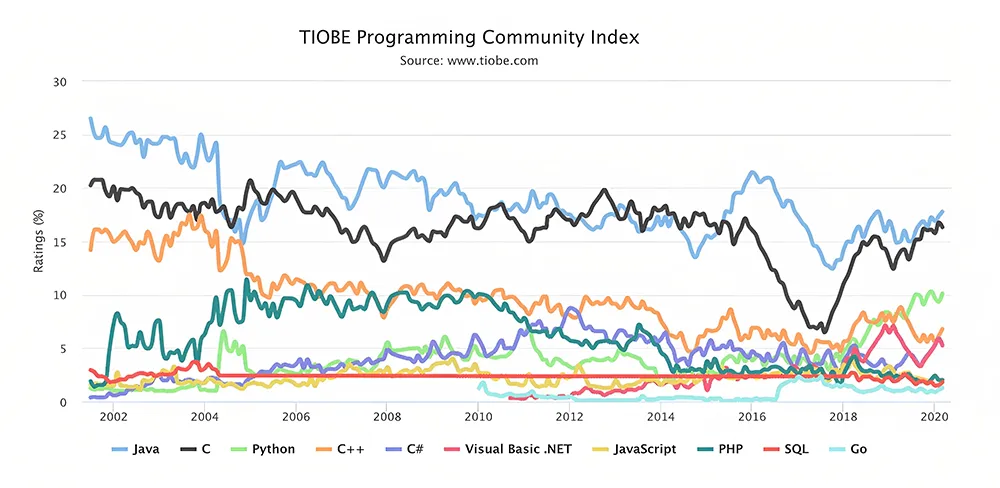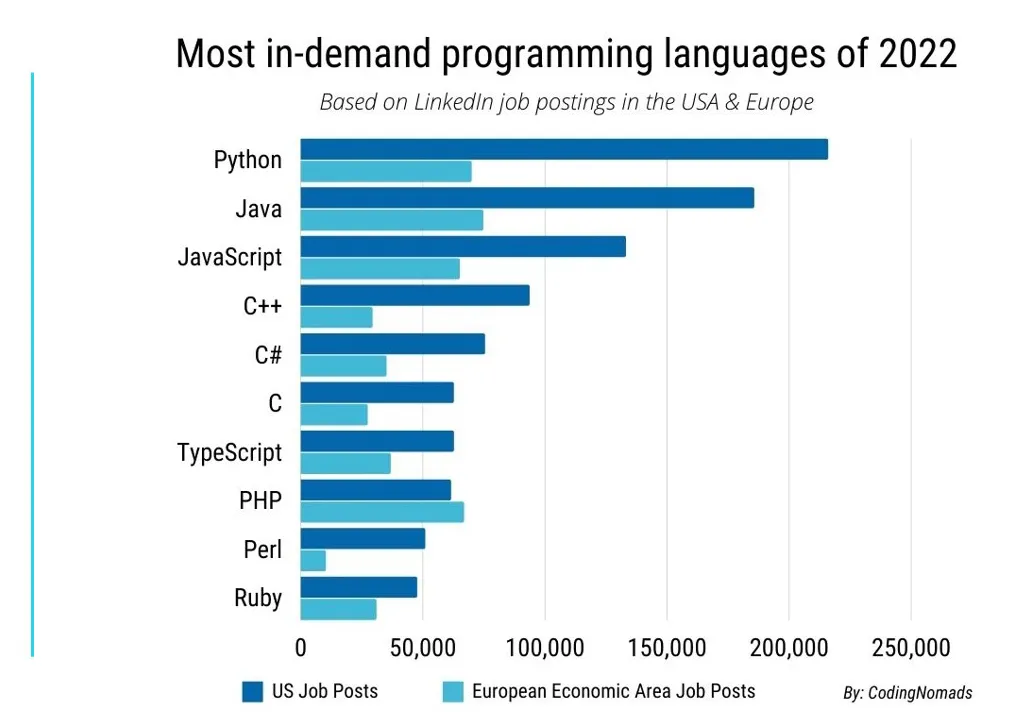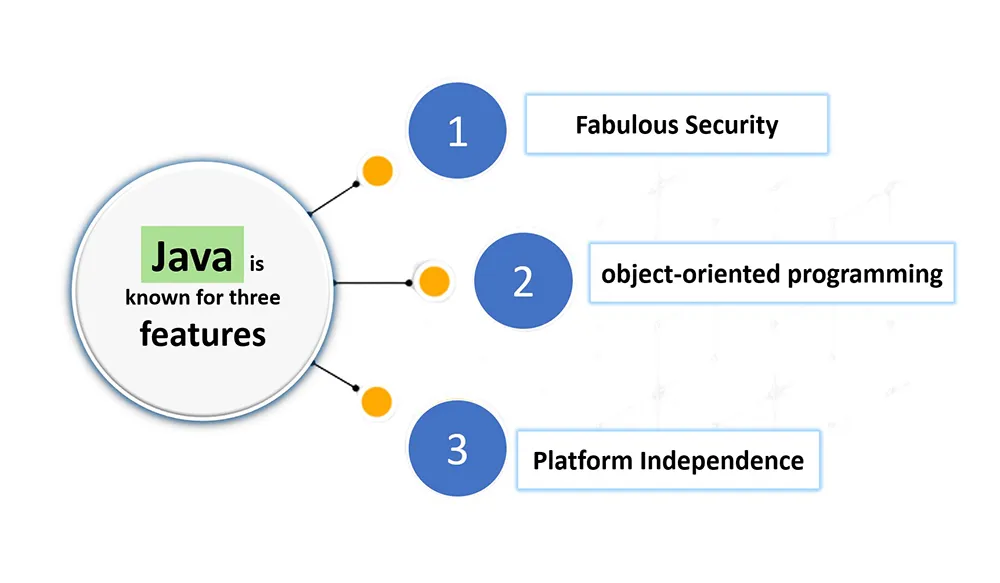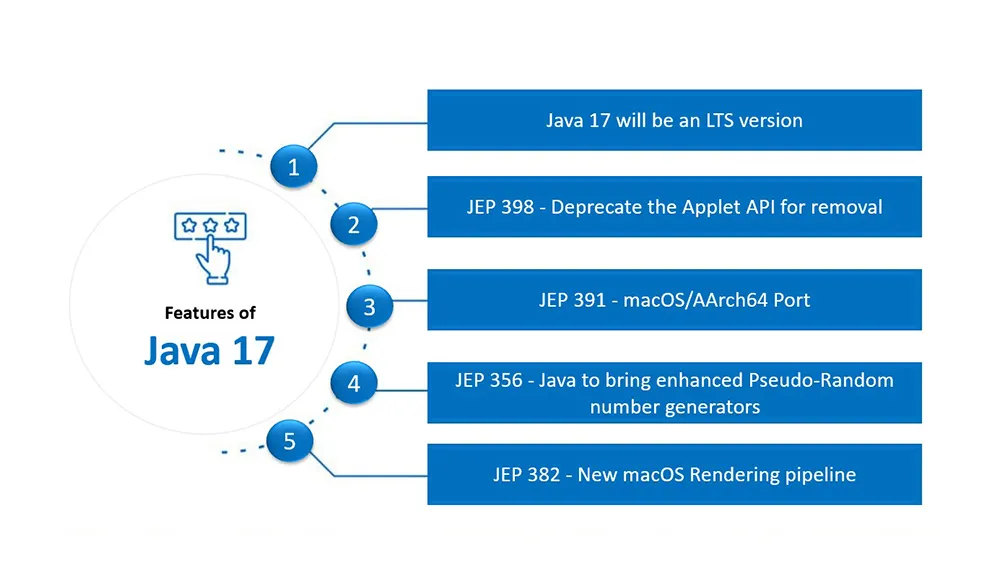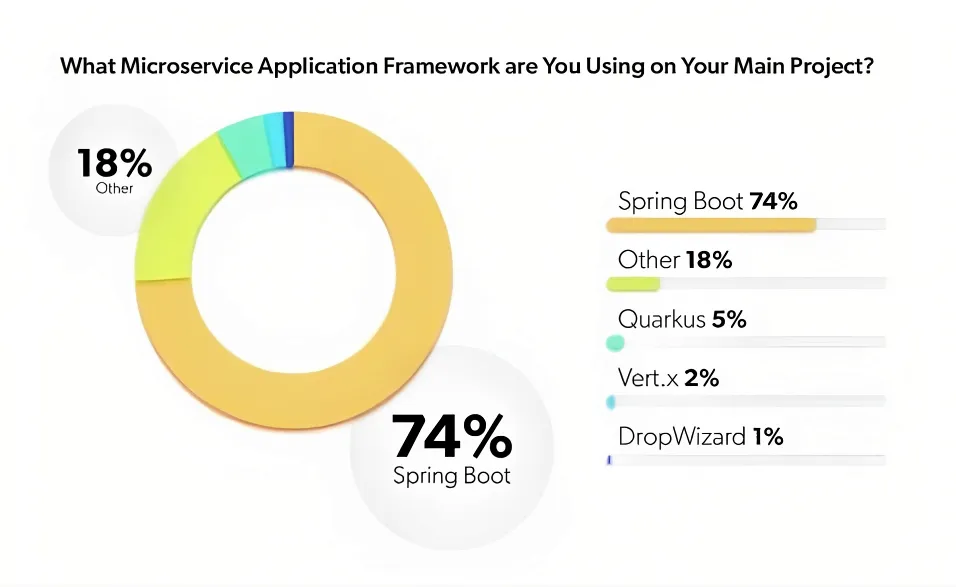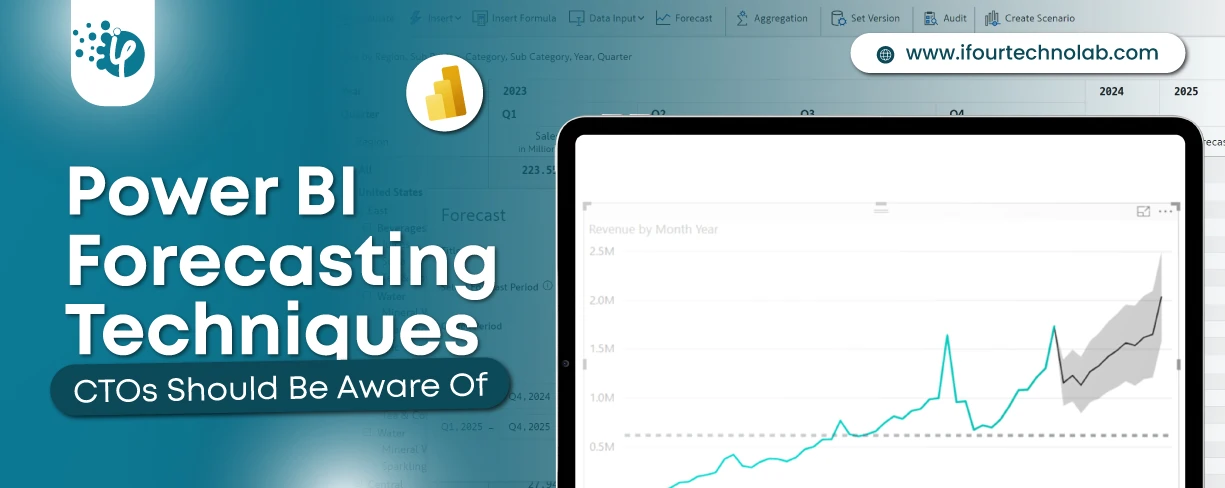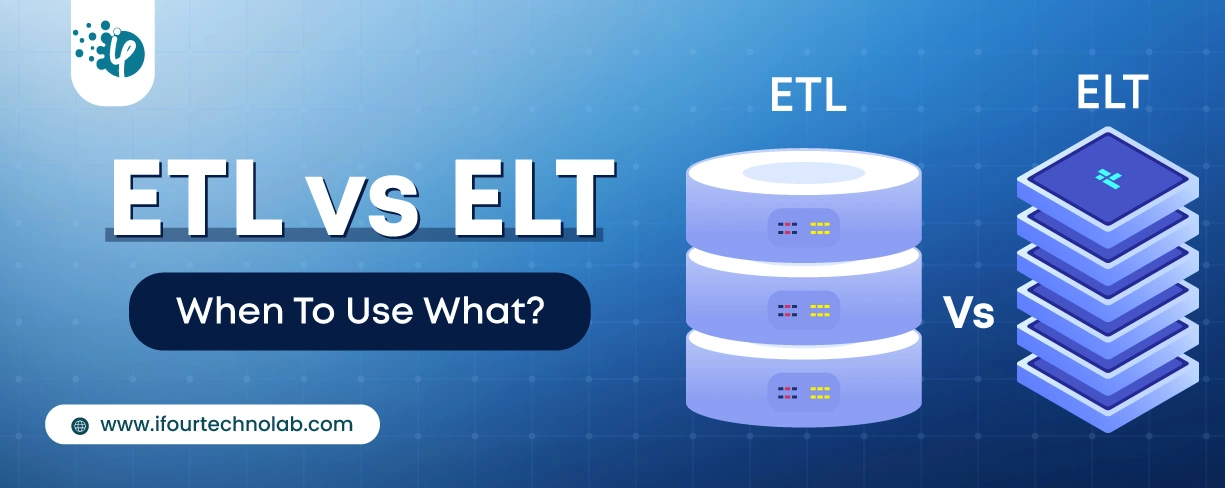What are the latest Java trends to consider in 2023?
#1 Continued focus on modularity
The trend towards modularity in Java is expected to continue, with more developers adopting the Java Platform Module System (JPMS) for building more scalable and maintainable applications.
#2 Increased use of Micronaut and Quarkus
With more companies adopting cloud technologies, Java developers may continue to adopt cloud-native frameworks and tools, such as Micronaut and Quarkus, to build and manage cloud-based applications.
#3 Spring Boot for modern application development
Microservices architecture is becoming increasingly popular for building modern applications, and Java-based frameworks and tools, such as Spring Boot and Micronaut, are well-suited for this approach. In 2023, we may see more developers adopting these tools to build and manage microservices.
#4 Focus on DevSecOps practices and automated security testing
With the ongoing importance of cybersecurity, Java developers will likely continue to prioritize building secure applications by adopting new tools and techniques, such as DevSecOps practices and automated security testing.
#5 Adoption of new Java features and APIs
Java continues to evolve, with new features and APIs being added in each new release. In 2023, we may see more developers adopting the latest Java features, such as records, pattern matching, and sealed classes, to build more efficient and maintainable applications. These are some potential Java trends to consider in 2023, but it's important to note that the language is constantly evolving, and new trends may emerge as the year progresses.
#6 Continued updates and enhancements
Java continues to be actively developed and updated, with new versions and features being released regularly. The most recent version, Java 17, was released in September 2021 and includes a range of new features and improvements, including better performance, enhanced security, and new language features.
#7 Increased use of cloud-based applications
Java is well-suited for use in cloud-based applications, and its popularity in this area is expected to continue to grow. Many cloud providers, such as Amazon Web Services and Microsoft Azure, offer Java-specific services and tools, making it easy for developers to build and deploy Java-based applications in the cloud.
#8 Growth in mobile app development
Java is widely used in Android app development, and this trend is expected to continue as the number of Android devices worldwide continues to grow.
#9 Adoption of new Java frameworks and tools
Java developers have access to a wide range of frameworks and tools that can help them build more efficient, scalable, and maintainable applications. Some of the most popular Java frameworks include Spring, Hibernate, and Struts, and new frameworks and tools are being developed all the time.
- Emtiaz Chowdhury, Digital Marketing Consultant at NY Home Care











